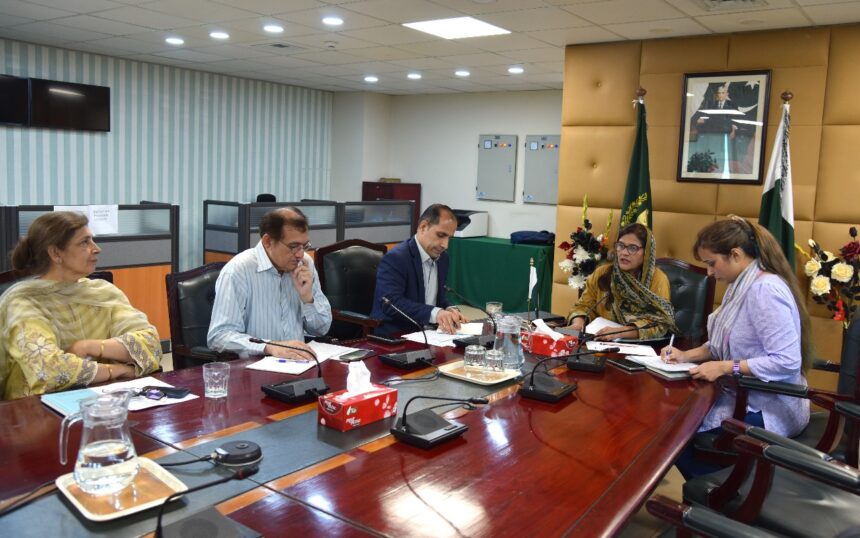The World Health Organization (WHO), in collaboration with the Government of Pakistan and health partners, has finalized preparations for emergency response measures targeting 1.3 million vulnerable people across 33 districts, in anticipation of the upcoming monsoon floods. With intense rainfall predicted, emergency health services, outbreak monitoring, and essential healthcare support have been prioritized to mitigate potential devastation.
The Health Sector Coordination Forum was jointly led by Pakistan’s Ministry of Health and the WHO to review the comprehensive Monsoon Contingency Plan. The forum participants underscored the critical importance of ensuring timely and coordinated emergency measures and maintaining uninterrupted essential healthcare services for vulnerable populations facing increased flooding risks. Authorities also agreed on enhancing disease surveillance systems, early warnings, and rapid response capabilities in preparation for potential disease outbreaks resulting from flooding.
The response plan specifically focuses on 33 priority high-risk districts identified across four provinces: Punjab (10 districts), Sindh (10), Balochistan (9), and Khyber Pakhtunkhwa (4). Priority groups include pregnant and lactating women, children below five years of age, elderly adults, persons with disabilities, internally displaced persons (IDPs), and underserved communities located in flood-prone areas.
Key interventions to ensure effective response include prepositioning and distributing emergency health kits and medical supplies, strengthening disease surveillance for early outbreak detection, improving water, sanitation and hygiene (WASH) conditions within health facilities, and maintaining uninterrupted medical services through static healthcare facilities, mobile health units, outreach programs, and telemedicine initiatives.
WHO Representative in Pakistan, Dr Dapeng Luo, affirmed the organization’s support: “WHO stands with Pakistan and partners to be ready to save lives by supporting rapid response, surveillance, and the continuity of essential health services in the event of a natural disaster. In a context marked by climate change exacerbating risks, it is crucial to be ready to protect the health of all, particularly the most vulnerable.”
Climate-related extreme events continue to pose prolonged threats to Pakistan. According to the Global Climate Risk Index 2021, Pakistan ranks as the eighth most severely affected country by extreme weather events experienced between 2000 and 2019, encountering regular floods, heatwaves, droughts, and pandemics. Among these, monsoon-related floods have proven consistently devastating, causing severe damage to human health, infrastructure, and livelihoods. For instance, in the 2022 floods, more than 33 million people across 116 districts were affected, and over 2,000 health facilities sustained damages, placing immense pressure on the public health infrastructure.
The urgency of preparedness is reinforced by recent warnings issued by the Pakistan Meteorological Department (PMD) and the National Disaster Management Authority (NDMA). Heavy rainfall and potential flooding in various regions have prompted emergency flood alerts. Responding to monsoon conditions that began on 26 June, NDMA reported 79 fatalities and 140 injuries nationwide, indicating the critical importance of continuous vigilance and preparedness in this flood season.











